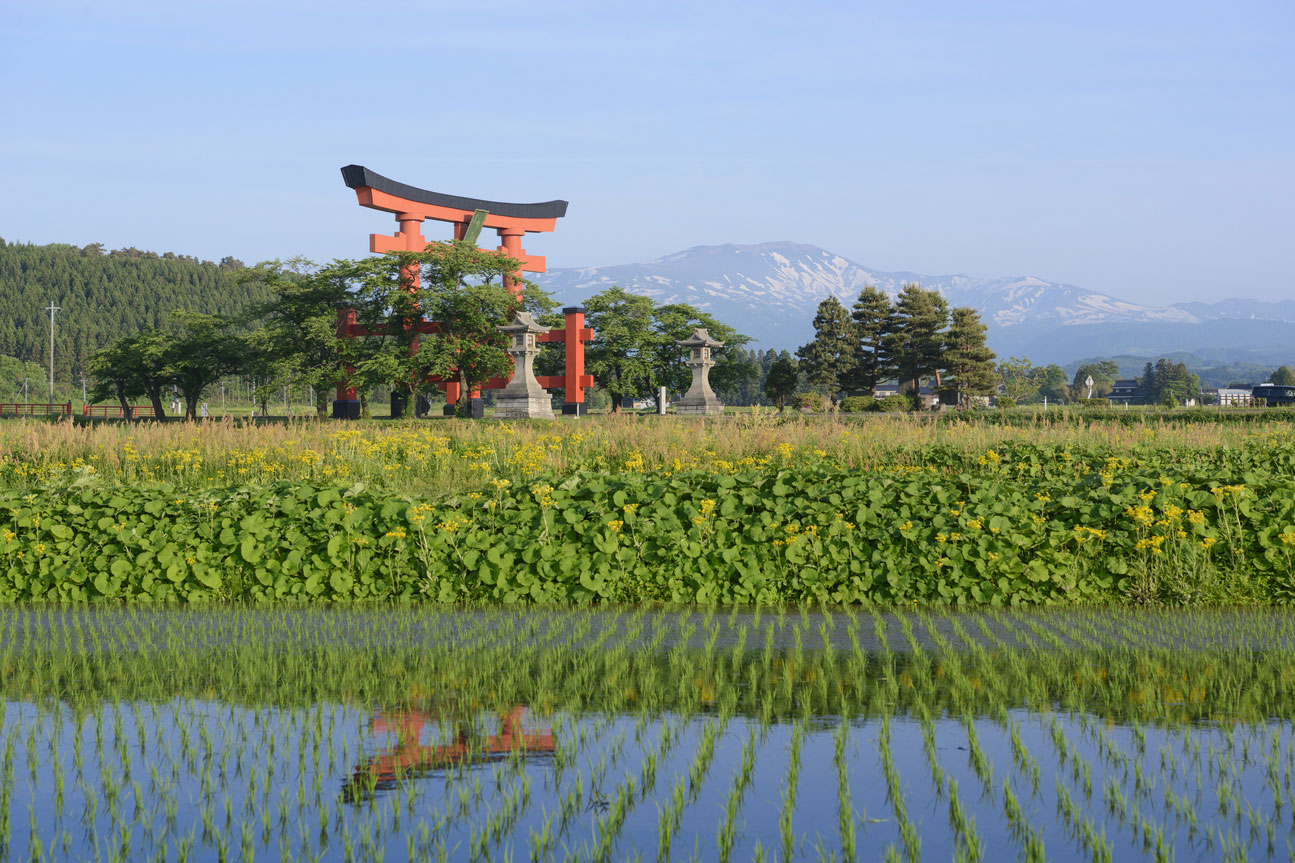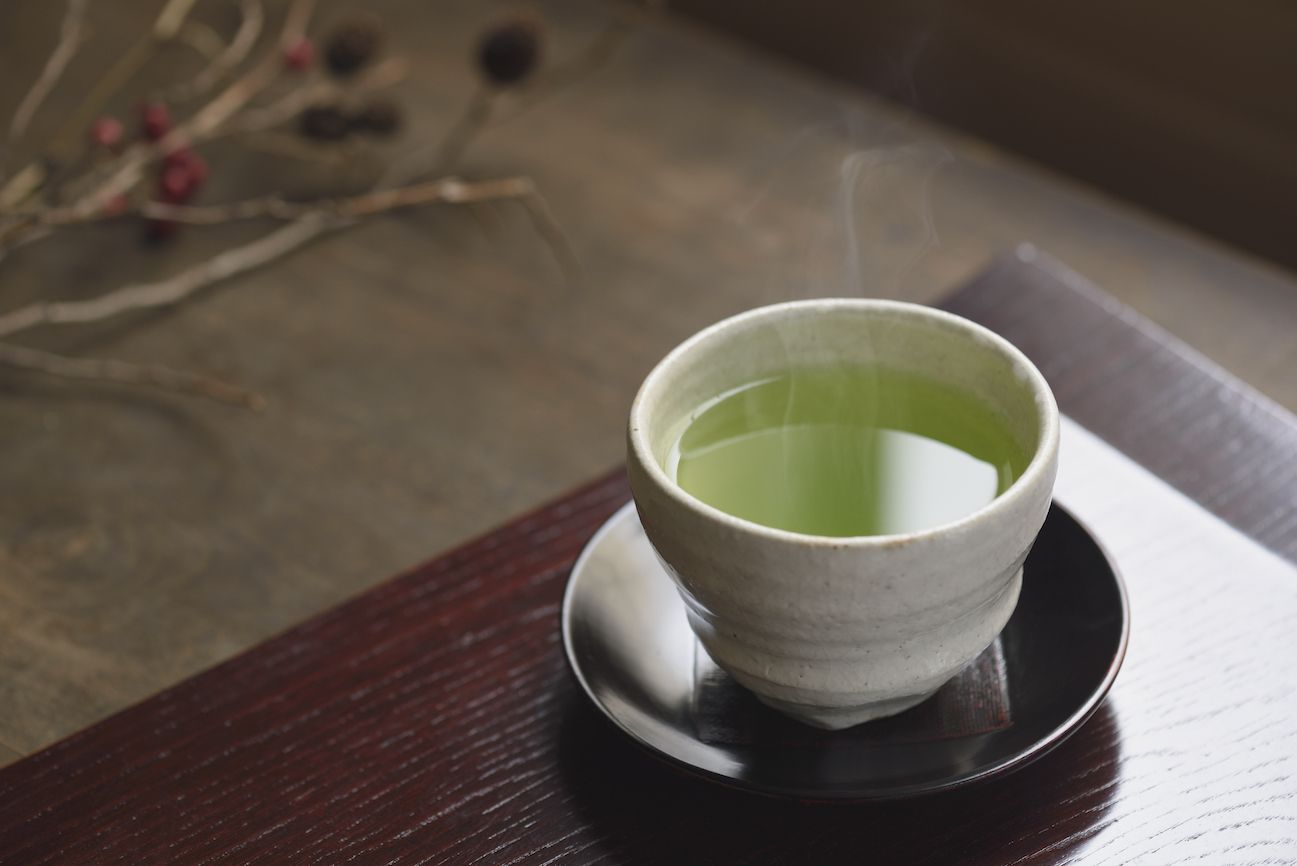
Popularizing Miso Overseas: A Fermented Approach to Healthy Eating
The king of Japan’s lineup of traditional fermented foods is surely miso, the paste made of soybeans that is used daily in soups, noodles, toppings, dippings, and endless other dishes all over the country. It is hailed for its flavor, a combination of salty and umami, and its healthy properties—high in protein, while strengthening the immune system and assisting digestion.

Miso soup is made by dissolving the paste (above) in a hot dashi broth.
Now miso, and its benefits, are reaching a wider audience, as the Japanese food culture spreads overseas. One of miso’s proponents is Ai Fujimoto, the proprietor of Omiso LLC, a miso producer based in Los Angeles, California. Fujimoto is a translator and interpreter who traveled the world before settling down in the U.S. several years ago. Her interest in miso was ignited by a fascination with the atmosphere and the culture behind the microbrewery craft beer boom. “I wanted to brew something as well,” she says. “But I wanted to do something that had a connection to my Japanese background.”

Omiso founder and miso enthusiast Ai Fujimoto with some of her miso products.
Fueled with knowledge gained from YouTube videos and miso makers she visited during trips to various regions of Japan, Fujimoto became “obsessed” with fermenting, and started making miso and soy sauce in her LA apartment. She shared the results with friends, who after sampling her miso, began suggesting she aim higher. “I rented a commercial kitchen and registered my business. Somehow my miso-making reached the ears of the manager of the Hollywood Farmers Market, who asked me if I’d like to sell there. So I became a vendor there.”

Fujimoto sells her miso products at the Hollywood Farmers Market, a Sundays-only community street market with a 30-year history and over 160 vendors.
Fujimoto explained the process to make miso. “I use rice koji (the fungus for fermentation) that I get from a supplier,” she says. “I actually did that process as well once in Niigata Prefecture and it is intense.” It requires sprinkling koji spores over steamed rice to inoculate it. Depending on the koji, it takes two or three days, and the room must be kept hot and humid, with the koji checked regularly around the clock. “When you leave the room, you’re drenched,” says Fujimoto.
To make the miso, soy beans are steamed or boiled. The koji is mixed with sea salt, and then added to the mashed beans. “Mixing those three ingredients together is the beginning of miso fermentation,” Fujimoto says. “Then you must wait.”

Miso is made from three ingredients: (clockwise from top) soy beans, salt and the koji (fungus) from rice.
Miso comes in three basic types, all with soy beans. The first, and most popular, is the one above, made with rice koji. There is also a sweeter type made with barley koji, which is mostly found in Kyushu area and parts of Shikoku area, and one made with koji from soy beans, mostly found in the area around Nagoya city in central Japan. The latter, according to Fujimoto, “is darker, and has more oil from the grains. That gives it a more pungent aroma and a stronger flavor, with the layers of umami more clear,” she says.
Miso is known to have local variations, that vary depending upon the climate, the ingredients, and history. “In Heian era Kyoto, for example, the elite ate luxurious, multi-course meals, so they chose a lighter, white miso that wouldn’t make them full,” says Fujimoto. “In the northern Tohoku area, though, it’s much colder, so they ate miso that was usually dark, with a higher salt content.” She didn’t try to copy any particular kind in developing her miso types. The environment in dry, warm LA is quite different from Japan, with its distinct seasons and high humidity. “But interestingly, there are plenty of similarities,” she says. And one other benefit to the Californian climate was the ability to make miso year-round, unlike Japan, when production is usually halted in summer.

Miso types vary, and different regions of Japan favor different styles. The lighter colored miso varieties tend to have a lighter flavor, while the darker ones have a higher salt content.
Fujimoto has cleverly adjusted her packaging and tastes to her American customers—the most popular being her miso soup balls, a package of miso and other ingredients necessary to make one bowl of soup. She adds her own non-Japanese touches, such as pink peppercorns, which she says, “is surprisingly tasty.” Omiso also offer sauces and glazes with ingredients like yuzu citrus and garlic. “In the U.S., many people know about miso, but they don’t know how it’s made or how you can use it,” says Fujimoto. “We wanted to make miso something that can be enjoyed without having to go to an Asian market and search for mirin, sake, etc. They can use them to marinate whatever protein they choose.”

Each of the miso soup balls can be used to make one bowl of soup.
Fujimoto says that miso has a diverse range of possible uses, such as the recipes she includes on her website, omiso.co![]() . They range from a Greek entry, Fasolada with Yuzu Shio Koji, to a Mexican Vegan Carnitas, to Japanese Miso Ramen. Last year, influenced by the many Mexican, Peruvian, and other South American cuisines popular in California, Fujimoto collaborated on a miso ceviche. “That was really L.A. style,” she says. “I also started adding barley miso to oatmeal, which along with some sesame oil and a few sprinkled green onions makes a wonderful savory dish.” She credits her creative momentum on the local food culture, in which trends come and go at lightning speed. “One year its almond milk, the next is oatmeal, and it’s almost impossible to catch up with what customers want,” she says. “But that inspires me to keep trying new things.”
. They range from a Greek entry, Fasolada with Yuzu Shio Koji, to a Mexican Vegan Carnitas, to Japanese Miso Ramen. Last year, influenced by the many Mexican, Peruvian, and other South American cuisines popular in California, Fujimoto collaborated on a miso ceviche. “That was really L.A. style,” she says. “I also started adding barley miso to oatmeal, which along with some sesame oil and a few sprinkled green onions makes a wonderful savory dish.” She credits her creative momentum on the local food culture, in which trends come and go at lightning speed. “One year its almond milk, the next is oatmeal, and it’s almost impossible to catch up with what customers want,” she says. “But that inspires me to keep trying new things.”

Claire Joyce, a member of the Omiso team, came up with the idea of this version of the Greek dish, Fasolada, with Yuzu Shio Koji.

Miso Carnitas, a Mexican dish.

Ceviche, a popular marinated dish, seasoned with miso.

“I also started adding barley miso to oatmeal, which along with some sesame oil and a few sprinkled green onions makes a wonderful savory dish,” says Fujimoto.
She finds herself in a unique position as a Japanese making miso in the U.S. While she honors the traditions of miso making, and appreciates those who want to know more about its Japanese background and history, she has a message and what amounts to a vision. “I don’t want to make miso and Japanese fermented foods too complicated or just limited to foodies,” she says. “Miso should be accessible to everyone. I want to stress that it is a condiment that you can think of as a salt replacement. A more flavorful, healthier version of salt, with more umami layers.”
Fujimoto witnessed growing interest in miso in the days of Covid, especially from people looking to boost their immune systems, and says interest has not flagged in the days since. Many supermarkets overseas are now stocking miso on their shelves, making it easier than ever for home cooks to incorporate this healthy alternative into their repertoire of dishes. Here are two brands of miso that are already available at many outlets overseas.

Saikyo Miso
Saikyo miso is a white miso mainly used as a seasoning, with an elegant taste and a mild sweetness. It has a light beige color, comes with a low salt content, and uses twice as much rice koji as soybeans.

Fujiyasu
Fujiyasu Brewing was established in 1870 in Kagoshima. It produces several seasonings, including the Hishiku brand of barley miso, a type that is unique to the southwestern region of Japan.
Saikyo Shiromiso Josen 500g

“Saikyo Shiromiso Josen” is tastes elegantly mild sweet. Because of sweetness and low-salt 4.9%, this miso is best for mixed miso soups, marinades, soups, sauces, dressings, and more as a seasoning.
SATSUMA MUGI MISO
Fujiyasu Brewing Co.,Ltd.

Wheat miso made by a company with a history of over 150 years. You can enjoy the aroma and sweetness of barley. You can use it as it is for vegetables such as miso soup, or as a seasoning for stir-fried vegetables.






